)
I was alerted to this by my friend Paul Mello.
)
I was alerted to this by my friend Paul Mello.
THIS POST IS FROM “SAILING ANARCHY”
Tens of thousands of Chicago Mack crews will know what this landmark is even if they’ve never seen it look like this. Check out this story of a recent hike – the first attempt in some 40 years – from Glen Arbor, MI to North Manitou Island.
On Thursday, March 6th, 2014, we attempted something that hasn’t been done for 40 years: to hike the treacherous ice across the Manitou Passage to the islands 8 miles out.
In the 1970’s, Bob’s father and two brothers left the shore in Glen Arbor early one morning to attempt the crossing. They were cut off by open water a mile from South Manitou. Their hike took so much longer than planned that Bob’s mother called the Coast Guard in panic! Having heard his father and brother tell stories of the adventure, Bob has been waiting for his chance to hike to the Manitous for decades.
The winter of 2013-14 has been one of the most severe in living memory. It has seen temperatures plunging to -20°F, enormous amounts of snow, polar vortices, and fierce storms. The near record-level ice coverage on Lake Michigan has been a big part of the story, as have the amazing ice caves along the Leelanau shoreline. All this cold weather and ice build-up allowed us to attempt such an adventurous (some would say foolhardy!) hike.
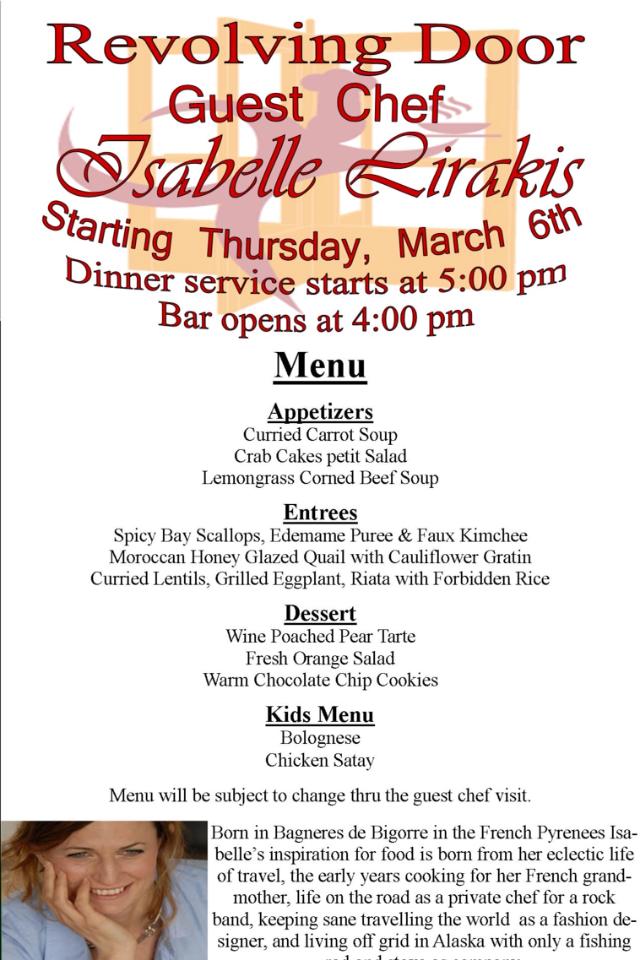
FIRST, Isabelle, my daughter is a guest chef at the Revolving Door Restaurant on Thames Street in Newport.
Daylight savings is here. The lengthening daylight hours are uplifting to everyone. Yesterday the weather was warm and almost no wind, perfect for a road trip celebrating the sunshine.
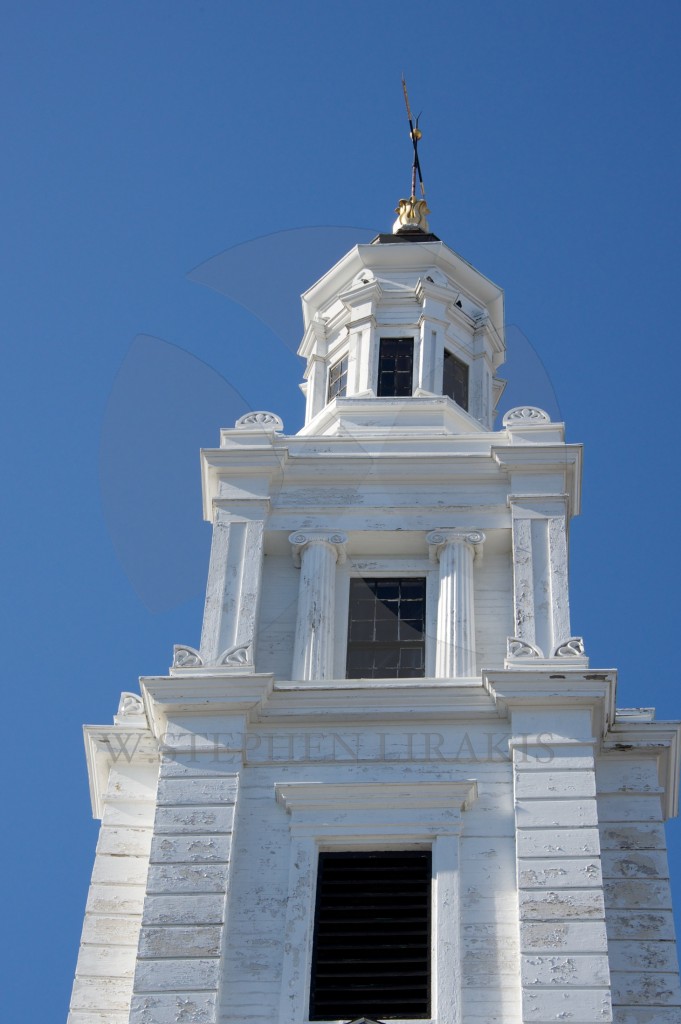
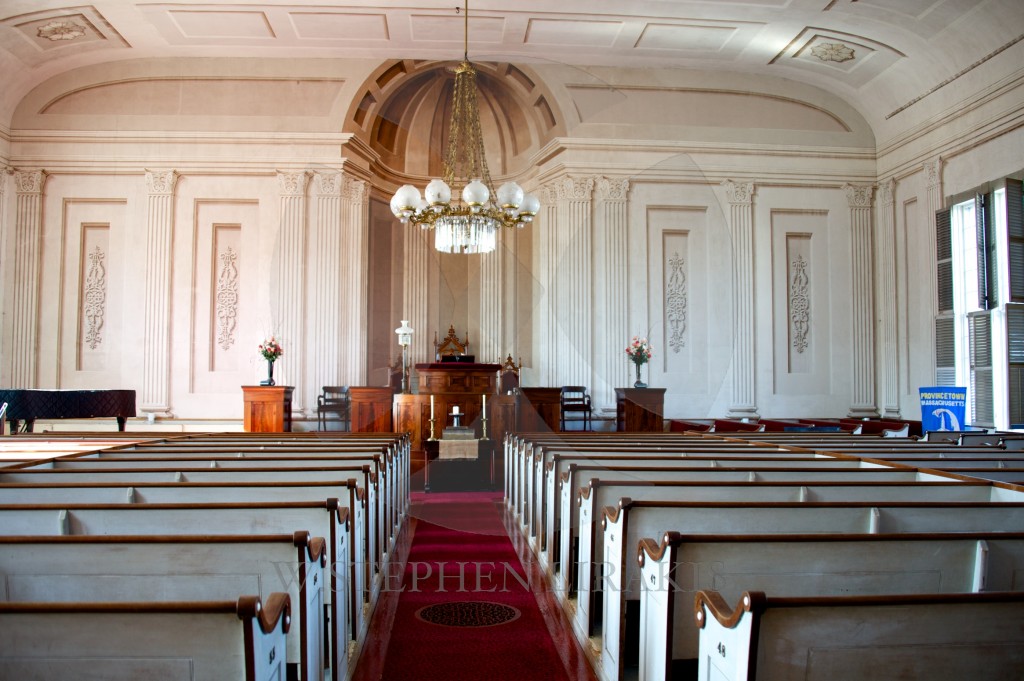
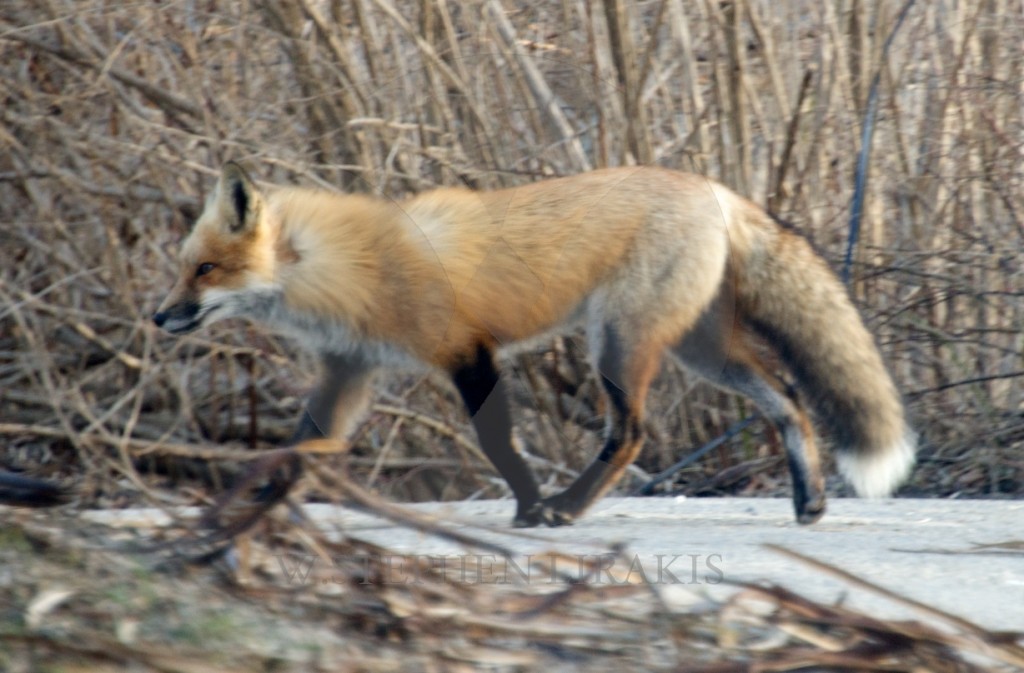
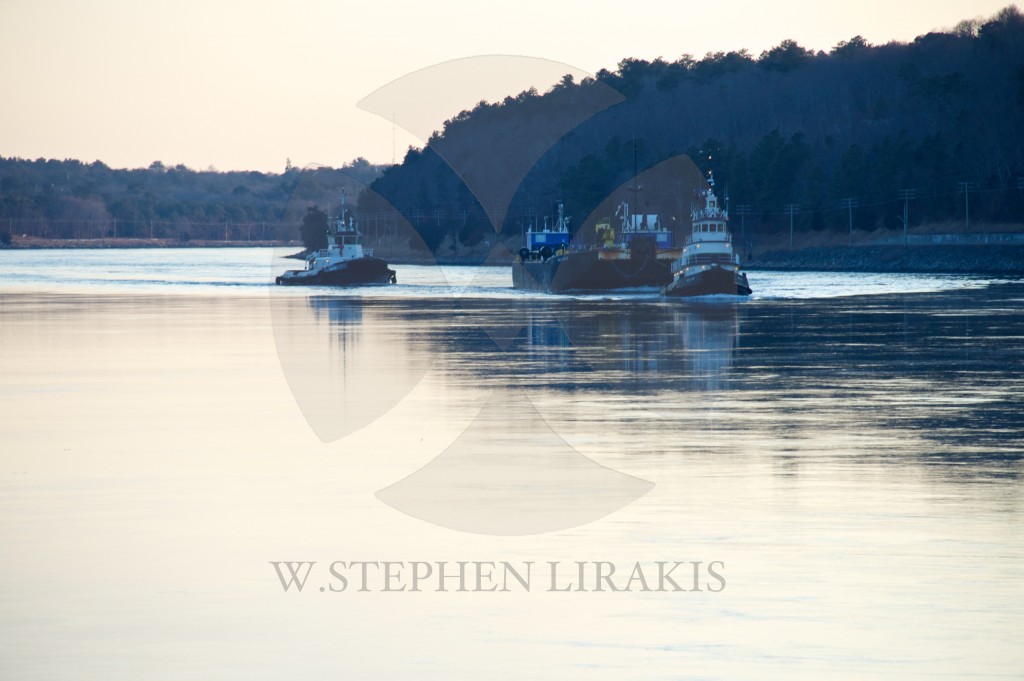
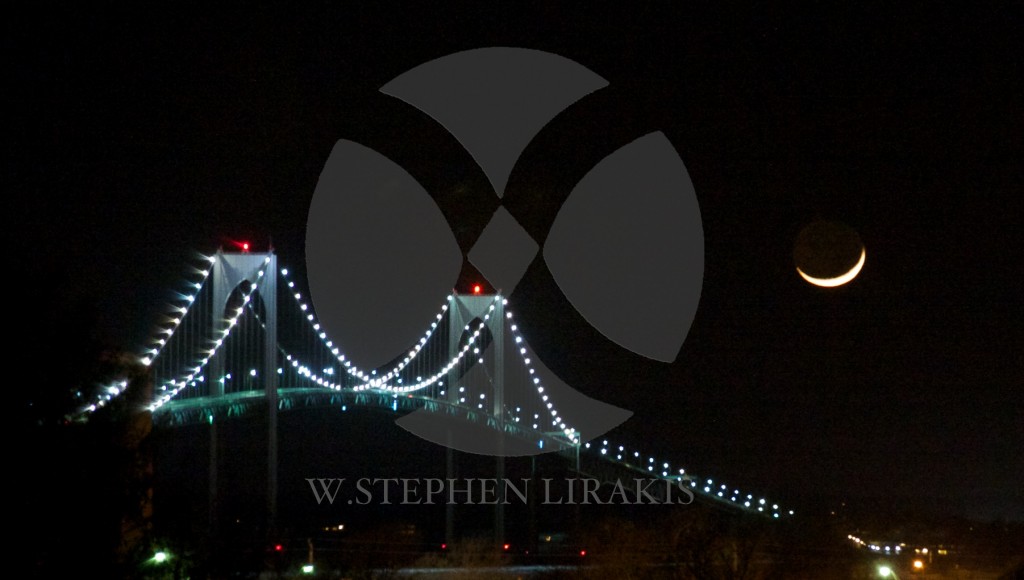
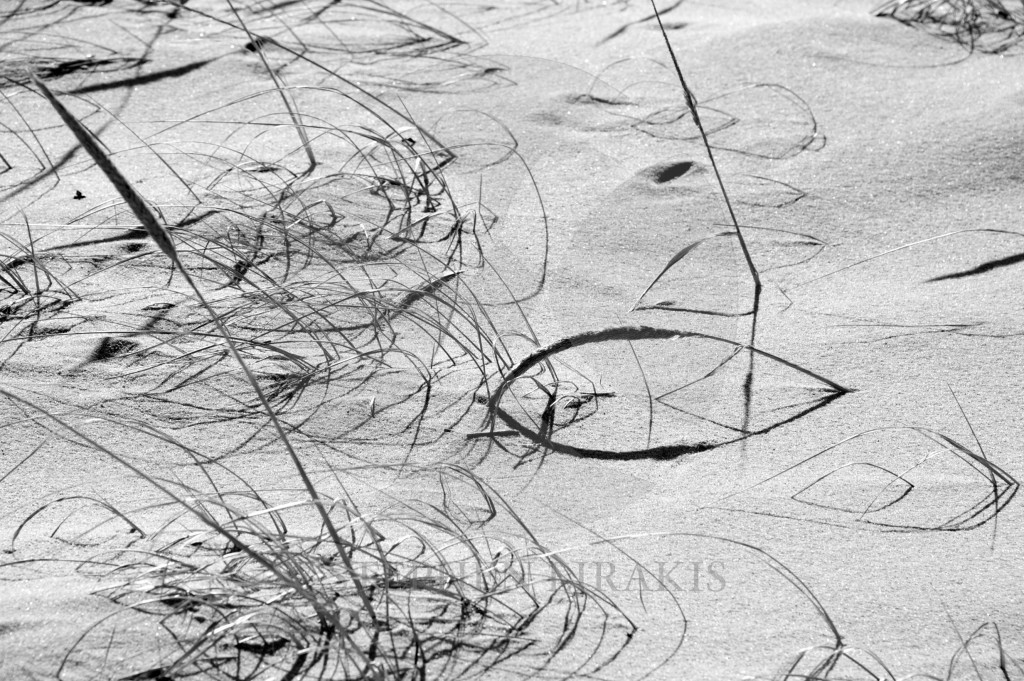
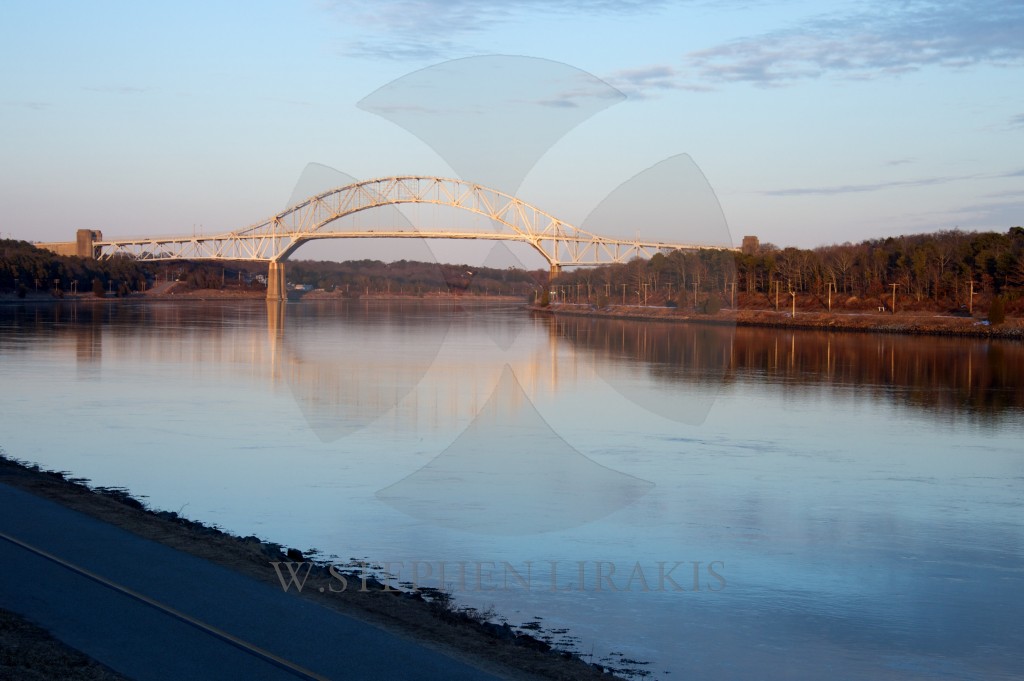
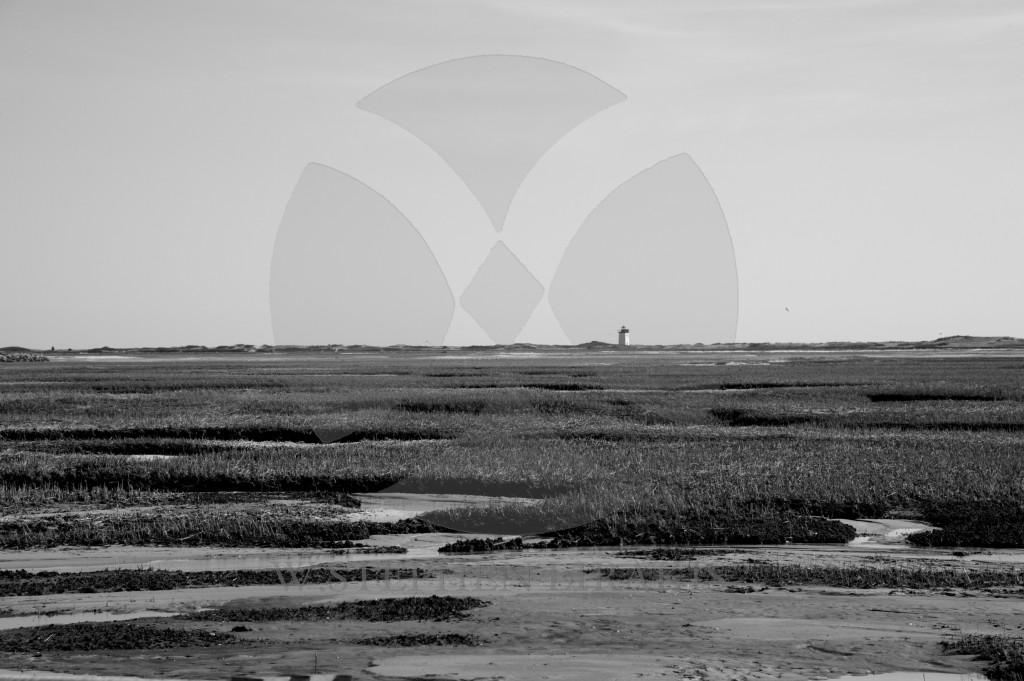
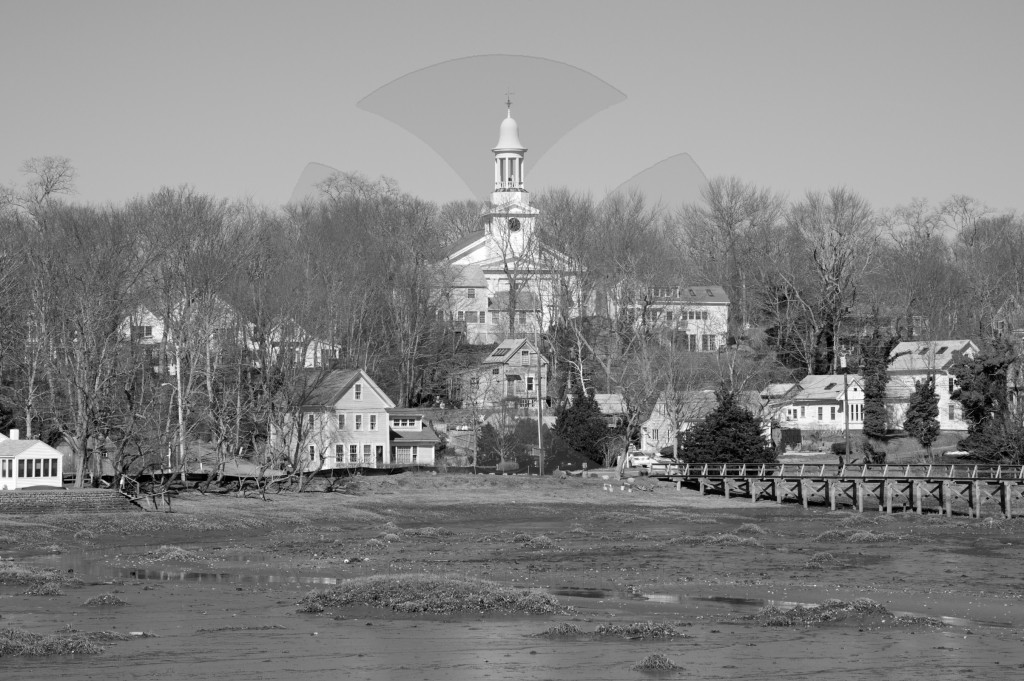
America’s Cup- Fast foils-a conversation with Paul Bieker, part I
2:35 PM Sun 2 Mar 2014
 |
| ‘Oracle Design Team – America’s Cup 35. Paul Bieker is in the front row, second from the left’ Amory Ross © |
Few people in the sailing world are sharper than Paul Bieker, a soft-spoken Seattle-based naval architect who has spent his career designing a wide variety of sailing vessels, from super-quick I-14s and his one-off line of ‘Riptide’ racer/cruisers, to America’s Cup yachts.
Bieker is one of the core designers credited with ‘super-charging’ Oracle Team USA’s ‘USA 17’ last September, changes that helped the American-flagged international team to successfully pull-off one of sports history’s greatest comebacks to defend the 34th America’s Cup.
Yet pull up a seat on the rail next to Bieker-as I’ve been fortunate enough to do on many occasions aboard our mutual friend’s Riptide 44-and it quickly becomes obvious that Bieker’s horizons extends far beyond racecourse designs.
Take, for example, the day that he brought our crew lunch. Each sandwich was individually wrapped in brown recycled paper and was hand-tied with a bit of hemp twine in an effort to reduce landfill fodder. Or then there’s Bieker’s insistence that his Riptide designs offer their owners a huge amount of value and utility, irrespective of whether the agenda involves racing, savoring 25-knot kite rides or extended cruising. Bieker is widely regarded as one of the world’s foremost foil-design experts, and while he wisely tries to dodge the limelight, Oracle Team USA has again tapped Bieker for AC35, this time in the role of lead design engineer.
I recently caught up with Bieker at a local Ballard (our mutual Seattle neighborhood) pub for part one of this two-part interview to get his thoughts on how AC34 was won, his design role for AC35, as well as his thoughts on the future of America’s Cup Racing.
Can you tell me about your work with Oracle Team USA, prior to the start of AC34? What were you designing for them?
It was in the late summer/early fall [of 2012] and I think that Oracle had a sense that their appendage engineering and construction side was not going 100-percent smoothly. My first day down there was the day before they launched the boat, and the day they broke their first foil. So pretty much from then on it was full-on, as you can image.
You were mostly working on foils back then?
Yes. They wanted to me to engineer their next-step foil for the boat, but all of a sudden it became ‘shit, we can’t sail the boat-we have no foils’. What actually ended up happening is that I went into producing the first set of raceable foils as quickly as I could, but they still took eight weeks to build. The penny dropped and we realized that we could recycle the structural spars from some surplus daggerboards [from the trimaran, ‘BMW/Oracle 90’, which won AC33]. Those boards had solid carbon spars in them that we could cut out and re-machine into a set of AC72 foils, which we called the ‘nasty boards’.
 |
|
17/10/2012 – San Francisco (USA,CA) 34th America’s Cup – ORACLE Team USA AC 72 capsizes during training in San Francisco Bay and is pushed out of the bay by the tide current as the team try to salvage the platform. – Oracle Team USA capsize AC72 Oct 16, 2012 – Guilain Grenier Oracle Team USA ©?nid=119759 Click Here to view large photo
|
Those were the modular ones?
They were straight and had brutish-looking boards but the sailors were able to get out sailing with those while we were building the new raceable foils. We didn’t even get the racing boards on the first boat before it tipped over. Then our big job was to do all the repair drawings to repair the hulls and the beams. The boat didn’t go back into the water until after Christmas 2012.
It was a really big repair job?
You have no idea-it was really bad. It was pretty grim. You would have looked at the pile of stuff and said it was close to hopeless. I had a hard time thinking that we could patch all that damage together and not miss something that was going to cause it to fail. The Oracle shore team and boat builders did an amazing job getting the boat back on the water.
How much of the old boat got rebuilt?
We had to cut a good portion of the lower bow off of one hull, and then there were tons of patches everywhere on the central pod and the beams and in the hull. It was painstaking work.
Am I correct that that boat ended up being the faster of Oracle’s two AC72s?
Yes, it was but it was super hard to control downwind. I don’t think we could have raced that boat. It was pretty scary.
Would you say your role as a designer evolved during the course of the campaign?
Well, I was pretty much in charge of daggerboard structures before I got called in to do the repair drawings for the first boat after it tipped over. Then, towards the end of the campaign, I worked on the rudder structures and rudder hydrofoils. During the Cup things got a little [looser] with the general theme of doing whatever you could to figure out how to make the boat go faster. But my focus remained on foils.
Did you sail into that first race knowing for sure that you had the slower boat? Or was that a total surprise?
The funny thing is that we thought that if we had a speed deficit, it was going to be downwind. Most likely our aero package was better than theirs, so we expected to be faster upwind. As it turned out, we were about the same speed downwind and maybe a click lower. We might have had a touch of VMG on them downwind, but we were quite a bit slower upwind and we didn’t have our foiling tacking figured out. We thought we had tacking figured out, but Emirates Team New Zealand (ETNZ) were tacking better and sailing a bit faster upwind than we were. So it was the opposite of what we expected, and it was the same for ETNZ. You try and measure the other team’s speed on the water before the match, but there’s a lot of scatter in that data and it usually does not change your preconceptions.
|
Oracle Team USA foiling towards the end of the 2013 America’s Cup – Day 15 – Kurt Molnar © Click Here to view large photo
|
Were you guys pinging them with lasers or something like that?
[I’m] not sure about lasers but we could pace with them on chase boats. If you watch the Louis Vuitton Cup broadcasts, you can see the speeds and other real-time numbers. They really clicked it up in between the Luis Vuitton Cup and the [Cup].
What was funny is that we couldn’t gybe our boat reliably until probably two or three weeks before the Cup. With a flying gybe, you lose somewhere between 30 and 60 meters per gybe, sometimes less-not much more than a boat length if you do it right. But if you touch down in the water during a gybe, you lose over 150 meters! So it’s going to cost you somewhere between 100 and 120 meters if you touch the water during a gybe and the other team doesn’t, so we were totally fixated on downwind gybing going into the Cup.
We were just really fixated on foiling gybes and probably for good reason because we knew we only had to miss one gybe that they got and the race was probably over, so we concentrated on that in lieu of working a lot on our upwind speed and maneuvers. ETNZ, however, concentrated on upwind [work] because they had their gybing nailed long, long before the Cup. Part of our problem is we had Boat One, which was really unstable downwind-it was just hard to keep her stable on foils. We were generally sailing with rudder wings that were maybe a little bit too small. So Oracle and ETNZ leapfrogged each other, they ended up faster than us upwind and we ended up faster downwind.
Can you describe to me a little bit about what the atmosphere was like after that first week of racing?
It was pretty grim…like really grim.
Was it the sailors, the designers or everybody who was feeling down?
It was pretty much everybody-some [people were] concealed and others not so concealed. The thing is that after you’ve done a couple of Cups, you know that everything goes poof at the end of the campaign. Everything that existed no longer exists. So there you are with this beautiful boat and team at the apex of the sport, right at that moment, but right after the Cup ends, the boat just becomes something that you have to store somewhere and the team disbands. And so you realize that you need to muster up whatever energy you have for that final push, because it really is a sprint to the finish and after the finish it just doesn’t matter anymore. After the finish everything else is gone so you shouldn’t leave anything in the tank. I’d say that probably a third of the people on the team felt like that. Another third were just going through the motions and just doing their job, and another third had already given up. In a traditional America’s Cup, the 8-1 hole is the sort of deficit you’d never be able to come back from. Luckily, the sailing team kept a positive attitude.
|
Oracle Team USA – America’s Cup – Day 15 – Kurt Molnar © Click Here to view large photo
|
So that sounds like Jimmy Spithill’s bravado about ‘we can win races, it’s not over yet’ was just bluster?
He may have felt that way, I don’t know. He was definitely pretty down in the dumps during a few unguarded moments, but he kept his nose up and then guys on the team stepped up to the plate and made the improvement.
Tell me a little bit about how were politically able to introduce the changes that you made at the end. Was this a matter of convincing the design team, or convincing the sailing team, or at that point was everybody just throwing ideas at the wall?
It’s a little bit of the latter. Basically, when we were down five or six points it was pretty dire. People were starting to bring beers to the design meetings and it got way [looser] than normal. You know, ‘who has got ideas?’, and it seemed like you basically needed one person to agree with you, and you were just going to do it. We just got lucky.
The thing was at the part of the regatta that we were in trouble, we had lay days so we could do things to the boat
and test them and if we didn’t like them, we could take remove them. When ETNZ was in that sort of situation, they didn’t have any lay days.
Basically, what we were doing with the rig during the whole event was trying to put the center of pressure further and further aft. We were flattening the jibs. We were opening up the little tab at the aft end of the first element on the wing to load the flap on the wing. We almost doubled our traveler load on the wing between the beginning of the regatta and the end, so we were really trying to move pressure aft. One of the things we tried to do was rake the rig.
We went out on one of the lay days after we had done a big rig change the night before. This involved different shroud lengths, a recut to the jib, wing base modifications, etc. The guys went out and they didn’t like it so we spent the next night putting everything back for the next race day. If that had not been a lay day, we would have probably lost that race. It really worked for us to have lay days when we were in strife, and for ETNZ not to have that luxury.
You told me once you added a faring to the interceptor ramps so that the sailors wouldn’t freak out on a 90 degree edge. Who has ultimate say on what actually goes on the boat and what doesn’t? Russell Coutts or you?
It would have been Russell [Coutts], Dirk Kramer and Grant Simmer that made the final calls on what went on the boat. When I suggested it Michel Kermarec [N.B., Kermarec was Oracle’s appendage designer and VPP lead for AC34] thought it sounded like a good idea, so that was all it took. The next thing you know, we’re putting this wedge on the stern of the boat so that anyone who walks up is just going ‘huh?’, but what was neat about it is that if you explained it to the guys, they would go along with it, even though it didn’t look right to them. That’s the cool thing about the America’s Cup-the technology drives it and the sailors understand that.
What was the reaction from the sailing and design teams once the interceptor ramps and the Rudder/hydrofoil intersection cavitation fairings started to really show their results?
We were doing a whole lot of different things, so whether the interceptor helped or not, I’m not sure. I’m pretty sure it helped the boat when it was in that skimming mode, going into takeoff, but how much I can’t say. The fairings on the rudders definitely helped. We did calculations that showed that they were 0.6 knots faster downwind in the 40-knot range of boatspeed, but those fairings didn’t make us any faster upwind. What made us faster upwind was changing the wing trim, and the fact that the crewed figured out how to foil tack. By the end of AC34, they were taking better than ETNZ.
 |
|
Oracle Team USA – John Mangino?nid=119759 Click Here to view large photo
|
What do you think were the biggest factors in Oracle’s come-from-behind win?
My guess is that the biggest things were dialing in the wing trim, crew work and the [foiling tacks]. One of the other big things the guys learned is that very aggressively trimming the wing-I wouldn’t say pumping-is a way to get up on foils without bearing off too much. In our practice foiling upwind, the problem was that you had to bear away so much to get up on the foil that you would just barely make it back to where you were by the time you had to tack and the tacking-before the Cup-was violent. The boat would come through and the old leeward hull/new windward hull would all come down into the water and it was pretty slow.
The trick was that once you figured out how to tack the boat, you aren’t dragging this long skinny hull through the water in the middle of the tack, you’re just up on three foils. This means that you’re losing almost nothing, whereas in a normal multihull you’re taking this big long thing and you’re trying to make it turn through the water. You lose a lot in the beginning of the tack, but when you do a foiling tack you lose almost nothing in the first part of the turn.
The guys learned to carry some lift on the old leeward/new windward foil, and to keep that windward hull up in the air. If you never have two hulls in the water, all of a sudden it paid to be foiling at the beginning of a tack. Before, it was a such a violent maneuver that you lost a lot of speed.
I think I read somewhere that one of the ways the guys learned to improve tacking was by watching videos on how ETNZ was pulling off their foiling tacks?
I’m sure they watched lots of the videos of those guys, and they watched also lots of videos of themselves. We had a pretty neat data-collection system on the boat so you could look at different tacks to determine if you had a good tack or a bad tack. You had video from lots of different angles, so you could really start to identify what made a tack good and what made a tack bad. You could really look at it in detail.
The cool thing wasn’t like we were all, as a big group, analyzing the footage. The crew was working hard on the tacking side of it, and we were working on the design side of it and luckily we went forward in most places.
Where do you physically do a lot of your design work?
Here in Seattle.
So was the Cup won right here in Ballard?
I don’t know if the Cup was won right here in Ballard, but we did a lot of the foil work right here. I like working here just because we’ve got a nice office environment. It’s quiet, and I can concentrate.
Do you have a specific title with Oracle Team USA for AC35 at this point?
I think I’m called the Senior Design Engineer, but I don’t know exactly what that means. I’m in charge of making sure the structure of the boat is right and that the systems are properly integrated, and I’ll be involved in the naval architecture side of it as well.
Can you talk a little bit about the work that you’ve done with the design rule for AC35?
Basically the Challenger of Record and the Defender are trying to reduce the cost of the boats so that smaller teams can get in and run a reasonable campaign with a moderate amount of money. We really want to be able to foil upwind in moderate air. Right now we’re sort of hoping we can foil upwind in 12 knots of wind and foil downwind in eight knots or so.
Stay tuned for part two of this two-part interview, later this week.
by David Schmidt, Sail-World USA Editor
GREAT CINEMA
IN A QUEST TO PUSH OCEAN PASSAGE RECORDS INTO A NEW BENCHMARK, TECH GIANT JIM CLARK UNLEASHES A 100-FOOTER CURRENTLY DUBBED “NEWCUBED.”
 ENLARGE IMAGE
ENLARGE IMAGE
ONNE VAN DER WAL
CONSTRUCTION FOR JIM CLARK’S NEW 100-FOOTER IS UNDERWAY AT HODGDON YACHTS.
 ENLARGE IMAGE
ENLARGE IMAGE
ONNE VAN DER WAL
CONSTRUCTION FOR JIM CLARK’S NEW 100-FOOTER IS UNDERWAY AT HODGDON YACHTS.
CONSTRUCTION FOR JIM CLARK’S NEW 100-FOOTER IS UNDERWAY AT HODGDON YACHTS.
 ENLARGE IMAGE
ENLARGE IMAGE
ONNE VAN DER WAL
CONSTRUCTION FOR JIM CLARK’S NEW 100-FOOTER IS UNDERWAY AT HODGDON YACHTS.
 ENLARGE IMAGE
ENLARGE IMAGE
ONNE VAN DER WAL
CONSTRUCTION FOR JIM CLARK’S NEW 100-FOOTER IS UNDERWAY AT HODGDON YACHTS.
WHAT’S LENGTH GOT TO DO WITH IT? In the case of Jim Clark’s new ocean racer under construction at Hodgson’s Boatyard in Boothbay Harbor, Maine, quite a lot, or so says skipper Ken Read. Ken Read’s eyes light up when talking about Jim Clark’s newest ocean-racer project like a child at Christmastime who’s just unwrapped a Red Rider BB gun. The guilty pleasure lies in the fact that this is no ordinary 100-footer (if one can be ordinary). This yacht is designed to be a full-on record-breaker. You name the race or passage—Transat, Transpac, Bermuda, Fastnet, Hobart, to name but five—and it’s likely a target on their project whiteboard.
“This boat is going to be so cool,” says Read, Clark’s skipper and the President of North Sails who has experienced all types of campaigns—from J/24 World championships, to the America’s Cup and Volvo Ocean Race—in his decades-long experience in the sport. “This type of project isn’t for everyone, but it has a cool presence that will hopefully do the sport good, whether you’re a cruiser or a racer.”
Building a 21st century record-breaker is no small feat. It requires a plethora of designers to tank test scale models and run computer simulations, and there’s the “swat team” of boatbuilders to cook the pre-preg carbon-fiber hull and deck structures. All told, upwards of 32 people have contributed some input to the design and build through active participation or consultation. What will set this boat apart, says Read, is power, and lots of it.
THE BOAT WILL BE 100 FEET LONG WITH A DISPLACEMENT NEAR 30 TONS, BEAM IN THE MID-20S, AND A CANTING KEEL THAT WILL DRAW ALSO IN THE MID-20S.
They explored a lifting keel but determined it added too much drag for the desired upwind performance. Water-ballast tanks will aid stability, and fore and aft trim.
That makes it nearly identical in length, slightly lighter, and significantly wider and deeper thanWild Oats XI, the Reichel/Pugh maxi that has won line honors in the Rolex Sydney Hobart Race a record-equaling seven times. But with the mast stepped farther aft than Wild Oats XI, Read says Clarks’ yacht will look strikingly different.
“It’s going to be long, wide, and stable,” says Read. “With its power-to-weight ratio, there’s been nothing like it before. From a stability standpoint it’s a little stiffer, a little lighter, and with a little more sail area than Speedboat (the Juan Kouyoumdjian-designed 100-footer that’s now called Perpetual Loyal).”
FRENCH DESIGNERS
Clark’s as-yet unnamed yacht is from two French design firms, the renowned duo of Marc Van Peteghem and Vincent Lauriot-Prévost (VPLP), along with new star Guillaume Verdier. VPLP’s track record designing multihulls is second to none. Their designs include the giant multihullsGroupama 3 and Banque Populaire V. Groupama 3 measured 103-foot LOA and shattered records such as the 24-hour, Transatlantic, and Trophée Jules Verne, only to see those records fall – in the case of the 24-hour record just one day later – to the 130-foot long Banque Populaire V. Verdier, meanwhile, had more concentration on shorthanded monohulls in the 40- to 60-foot range.
In 2007 the two firms joined forces to take on the highly competitive IMOCA racing circuit, for singlehanders in 50- and 60-footers, and they’ve had great success ever since, capped by stunning performances in the 2012-’13 Vendée Globe singlehanded non-stop race around the world. VPLP-Verdier designs placed 1-2 and took three of the top four overall. And they were fast: The race-winner, Macif, set a new, ratified 24-hour singlehanded distance record of 534 nautical miles at an average speed in excess of 22 knots, and the first two yachts completed the circumnavigation in less than 80 days.
“No doubt, this new boat is a development of Macif,” says Read. “The scale of a project like this, from an engineering and structural standpoint, is nothing like that boat. But the designers took shapes they liked from the IMOCA 60s and developed from there.”
Macif, however, was designed as a horse for the course. Racing around the world is more about close reaching or off-wind sailing. Clark’s new yacht will have upwind capabilities that could be necessary in short offshore races, those of 600 to 1,000 nautical miles. It will have two rudders, but the weather rudder won’t be lifted out of the water because rating rules prohibit such features. Clark’s yacht also won’t have the cut-back rail that Macif sported along its sheerline and which made the hull appear like an ellipsoid. The crew of around 20 (still being determined) requires a rail on which to hike.
FEWER CREW; MORE TO DO
The surprising part in all of this is that the yacht’s winches will be manually powered. Six pedestals will be mounted with custom bevel boxes to create specific gear ratios for the power necessary to trim the enormous sails. Read said the sail plan is still being finalized, but the A5 gennaker could measure in close to 1,000 square meters. The gennaker for Alinghi 5, the catamaran that contested the 33rd America’s Cup, was reportedly one of the three largest ever built at 1,100 square meters. And that cat had powered winches.
“Keep in mind that Banque Populaire V went around the world with no push buttons, about 50 percent more righting moment, and the same size rig as this boat, with one less pedestal,” said Read. “We did a study and found that we can produce as much or more power to the winches with 12 guys grinding than with push buttons. With manual winches, if we do a Transatlantic we can save up to a ton and a half of fuel and won’t have to keep the engine running all the time. Also, if we set a record it won’t have an asterisk next to it because of the powered winches. It’ll just be more fun to sail.”
It certainly will be fun to sail according to the VPPs. Upwind the boat is projected to sail at 13 knots, but at its sweet angle, about 120 degrees true wind-angle in 25 knots of wind, it’s predicted to average 30 knots.
One feature Verdier changed after testing five models at the Wolfson Unit in Southampton, England, was the bow profile. Macif has a very full bow, and initially that was the look for Clark’s new yacht. “Designers have poked around the concept of full bows for a while now. A boat like Macif or the VO70 Abu Dhabi were full bows,” says Read. “Verdier was much higher on the concept before the tank tests, and I think the bow got considerably narrower.
“It’s more specific to upwind performance than anything,” Read continues. “We think we’re coming up with ways to get the bow out of water when planing off the wind. Other concepts such as keel and daggerboard placement will help lift the bow, so we aren’t using as much volume forward to lift the bow. It’s not a narrow bow but not a full bow. It’s probably more conventional than any other boat.”
STRUCTURE AND SAIL PLAN
As of this writing the outer skin of the hull had just been laid up and the hand-selected work force at Hodgson’s Boatyard, led by Tim Hackett and Brandon Linton (the duo helped build Read’s two Puma-branded VO70s) was beginning to install the bulkheads. Read says that the yacht will be compliant with scantlings established by Germanischer Lloyd, the marine classification society based in Germany that strives to ensure safety at sea. There will be bulkheads every eight to 10 feet, and the boat is expected to pass the 135-degree vanishing stability test. While the sail plan is still in development, Read says there’ll be nine or 10 sails total. Aside from the mainsail and J2, the 100-percent headsail that will be hanked on, all other headsails will fly on roller-furlers and from custom stays. The headsails are all just different shapes of genoas or gennakers. There are no spinnakers on the boat because the apparent wind angle isn’t expected aft of 65 degrees. The material of choice is 3Di except the downwind sail, which is cuben-fiber.
“Sail area and mast height are all pretty darn similar to what Speedboat was,” said Read. “It’s fascinating how little horsepower you need. Once it starts building its own apparent wind, you almost can’t get the sail area off fast enough.”
With the mast so far aft in the boat, says Read, it’s quite possible the sail plan will extend beyond the transom.
“Where the sail plan sits over the platform is very different, almost more like *Banque Populaire V,” says Read. “There’s nothing that says the boom can’t hang off the back of the boat or that the traveler has to be in the middle of the cockpit. Nothing says the sail plan has to be forward in the yacht.”
ABOUT THE RECORDS
Quick quiz: What monohull currently holds the crewed west-to-east transatlantic record and when was it set? This writer was amazed to see that Mari-Cha IV, Robert Miller’s powerful 140-foot ketch is still the record holder. In October 2003, a crew of 24 took Mari-Cha IVacross the Atlantic in 6d:17h:21m at an average speed of 18 knots. The maxi catamaranBanque Populaire V holds the outright record at just over three and a half days, an average speed just shy of 33 knots, but Mari-Cha’s mark still stands some 10 years later.
Ken Read pulled no punches when saying that the Transatlantic record is among the marks he hopes to slay with Jim Clark’s new 100-footer. “The goal of this boat is to break records and be first to finish in the classic offshore races,” says Read. “This boat isn’t for around the buoys. The deck layout isn’t set up for it and the draft is too deep. We want to tick off every major race.”
They’ll get their first crack at a record later this year when they enter the Rolex Sydney-Hobart Race, where they’ll expect to encounter Bob Oatley’s Wild Oats XI, the seven-time line honors winner.
After the Hobart, other classic races on the radar include the Newport-Bermuda, Fastnet, Transpac, the Middle Sea Race, the Pineapple Cup (Miami to Montego Bay), and the Caribbean 600. Besides those and the Transat, they also plan a crack at the 24-hour record of 596 nautical miles set by Ericsson 4 in the 2008-’09 Volvo Ocean Race. And for the cherry on the cake, they might even attempt the non-stop, round the world mark. Banque Populaire V also holds that outright record, at 45-and-a-half days. The WSSRC doesn’t list a crewed monohull outright record (the round-the-world monohull records are singlehanded), but Read thinks they could do it in 55 days, give or take. “You don’t build a boat like this without throwing something like that on the table,” says Read. “We did a 42-day leg in the Volvo one year, so 55 days around the world isn’t too bad.”